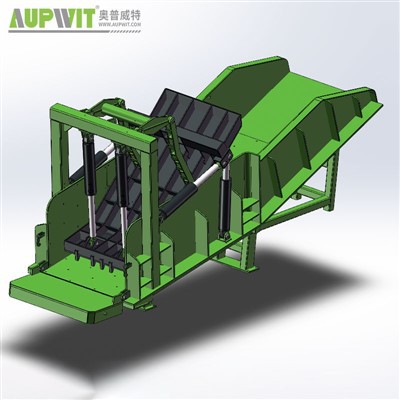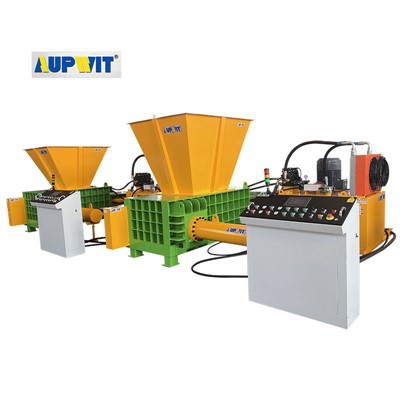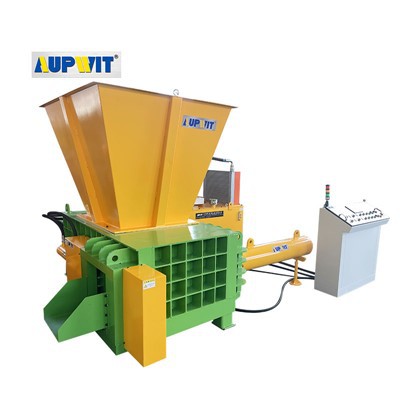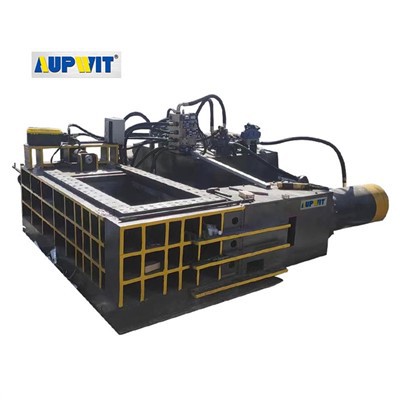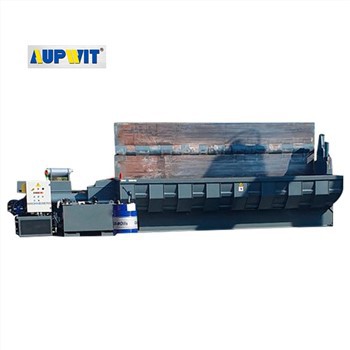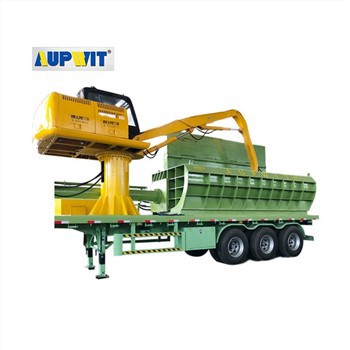1. Introduction
Scrap briquetting presses are specialized machines designed to compress metal scraps (ferrous/non-ferrous) into dense, uniform briquettes for efficient storage, transportation, and remelting. These systems play a pivotal role in circular economies by minimizing waste and optimizing raw material reuse in foundries and steel plants.
2. Working Principle
-
Compression Mechanism: Hydraulic or mechanical force (up to 3000 tons) compacts loose scrap (chips, turnings, or swarf) into high-density briquettes (typically 6–12 g/cm³).
-
Binding Agents: Some systems use additives (e.g., lime or bentonite) to enhance structural integrity, while others rely solely on pressure.
-
Output Forms: Cubes, cylinders, or custom shapes (50–200mm diameter).
3. Key Advantages
-
Economic Benefits: Reduces scrap volume by 90%, lowering logistics and storage costs.
-
Environmental Impact: Cuts CO₂ emissions by minimizing smelting energy (up to 30% less than loose scrap).
-
Process Efficiency: Briquettes melt uniformly in furnaces, reducing slag formation.
4. Industrial Applications
-
Steel Mills: Recycling steel chips from CNC machining.
-
Aluminum Foundries: Processing aluminum swarf for recasting.
-
Automotive Sector: Compacted brass/bronze scraps for component production.
5. Technical Considerations
-
Material Suitability: Works best with ductile metals (copper, aluminum); brittle alloys may require pre-treatment.
-
Maintenance: Regular die inspection and hydraulic oil replacement to prevent downtime.
-
Safety: Integrated dust extraction and emergency stop systems are mandatory.
6. Future Trends
-
Smart Presses: IoT-enabled sensors for real-time pressure monitoring.
-
Green Technologies: Solar-powered hydraulic systems under development.
Conclusion
Scrap briquetting presses bridge recycling efficiency and industrial sustainability, offering measurable ROI for metal-intensive industries. Advances in automation and material science will further expand their capabilities.


